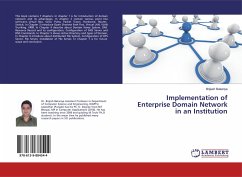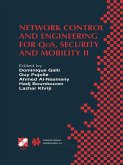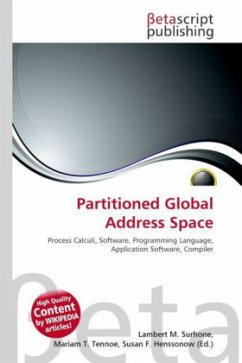Please note that the content of this book primarily consists of articles available from Wikipedia or other free sources online.In computer networking, network address translation (NAT) is the process of modifying network address information in datagram packet headers while in transit across a traffic routing device for the purpose of remapping a given address space into another. Most often today, NAT is used in conjunction with network masquerading (or IP masquerading) which is a technique that hides an entire address space, usually consisting of private network addresses (RFC 1918), behind a single IP address in another, often public address space. This mechanism is implemented in a routing device that uses stateful translation tables to map the "hidden" addresses into a single address and then rewrites the outgoing Internet Protocol (IP) packets on exit so that they appear to originate from the router. In the reverse communications path, responses are mapped back to the originating IP address using the rules ("state") stored in the translation tables. The translation table rules established in this fashion are flushed after a short period without new traffic refreshing their state.
Bitte wählen Sie Ihr Anliegen aus.
Rechnungen
Retourenschein anfordern
Bestellstatus
Storno








